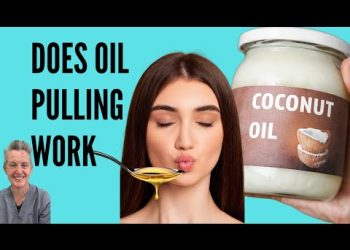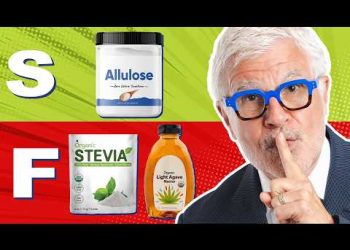### Understanding Oil Pulling
Oil pulling is an ancient Ayurvedic practice that has gained popularity in recent years. It involves swishing oil around in the mouth to promote oral health. Traditionally, sesame oil was used, but many people now use coconut oil for its pleasant taste and potential health benefits.
### The Practice of Oil Pulling
To perform oil pulling, take a tablespoon of oil and swish it in your mouth for around 15-20 minutes. The oil is said to “pull” toxins and bacteria out of your mouth, helping to promote fresher breath and whiter teeth as well as overall oral health.
### Supposed Benefits of Oil Pulling
Proponents of oil pulling claim that it offers numerous benefits, such as reducing harmful bacteria in the mouth, preventing cavities, reducing plaque, and even improving gum health. There are also claims that it might improve overall health beyond the mouth, though scientific evidence to support these broader claims is limited.
### The Science Behind Oil Pulling
While anecdotal evidence supports the use of oil pulling, scientific research is mixed. Some small studies suggest that oil pulling can reduce bacteria in the mouth and improve oral health to some extent, but larger and more comprehensive studies are needed to confirm these findings conclusively.
### Oil Pulling vs. Traditional Oral Hygiene
When comparing oil pulling to traditional oral hygiene practices like brushing and flossing, it’s vital to note that oil pulling should not replace these essential habits. Instead, it can be used as a complementary practice to enhance oral hygiene.
### How to Get Started with Oil Pulling
If you’re interested in trying oil pulling, start by choosing a suitable oil, such as coconut or sesame oil. Begin with a small amount, such as a teaspoon, especially if you’re new to the practice. Swish the oil gently, avoiding swallowing, and gradually increase the duration and amount as you become more comfortable.
### Potential Risks and Considerations
While generally safe, oil pulling may pose some risks for certain individuals. Over-aggressive swishing can cause jaw discomfort or muscle soreness. Additionally, swallowing the oil can lead to the ingestion of toxins and bacteria, so it’s crucial to spit it out carefully.
### Who Should Avoid Oil Pulling?
Individuals with allergies to specific oils should avoid using those oils. Pregnant or nursing women and individuals with certain health conditions should consult a healthcare provider before starting oil pulling.
### Oil Pulling and Aromatherapy
Some people incorporate essential oils for aromatherapy into their oil pulling routine. While this can enhance the sensory experience, it’s crucial to ensure the oils used are safe for oral use.
### Conclusion: Is Oil Pulling Worth Trying?
Oil pulling may offer some benefits when used as part of a broader oral hygiene routine. However, it shouldn’t replace brushing, flossing, or regular dental visits. As with any health practice, it’s important to proceed with caution and consult a healthcare professional if you have any concerns or preexisting conditions.











